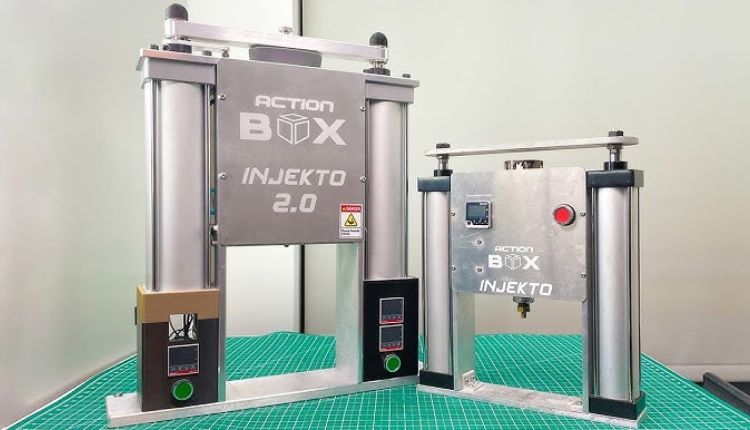Plastic mold acrylic injection molding allows for the creation of aesthetically pleasing products. The quality of these products depends on a number of factors, including the type of material and mold design. Injection molding acryl requires careful temperature management to avoid product defects like bubbles, gas lines and craters. It’s essential to maintain the drying temperature below the heat deflection temperature (HDT) of the acrylic material.
1. Preparation
Injection molding of acrylic is a process that requires careful planning and execution. This is because the quality of a plastic mold product depends on a variety of factors, such as the cylinder temperature, injection speed, and mold temperature.
A good plan will help you achieve a high-quality product that will be cost-effective and efficient. Ensure that your machine has accurate temperature control and is equipped with effective cooling channels. The heat deflection temperature (HDT) of acrylic should be maintained below 80-100°C to avoid warping and shrinkage.
Once the molten plastic has been injected into the mold, it will need to cool down and solidify. This is a critical step to prevent shrinkage and warping of the final product. The cooled acrylic part is then ejected from the mold and carefully removed from the machine.
2. Injection
During the injection process, the molten plastic is injected into the mold. Its cooling causes it to solidify and take shape. The injection pressure and power are important considerations. They should be adjusted to optimize the quality of the final product.
PMMA (Polymethyl methacrylate) is a popular choice for injection molding. Its low haze value and 91% light transmittance make it more transparent than glass. It’s also water and scratch-resistant, making it an ideal alternative to glass.
PMMA has a certain amount of water absorption, and the injection mold must be free of moisture before processing. Moisture can cause bubbles, gas rays, and reduced transparency in the molded plastic. A drying system must be used to remove any water from the injection material before processing.
3. Cooling
After the molten plastic is injected into the mold, it must be allowed to cool down and solidify. Cooling is crucial to the quality of a finished acrylic product, as improper cooling can cause warping and shrinkage.
Properly managing the cooling process helps to reduce cycle times and improve product consistency. It is important to keep temperatures below the material’s heat deflection temperature (HDT). This ensures that the acrylic dries with good physical properties and high dimensional accuracy.
It is also important to monitor injection and holding pressures, melt and mold temperatures, and screw speed. Keeping these variables consistent and logging them frequently helps to improve processing control. This helps to achieve quality products and minimize scrap margins.
4. Ejection
It’s important to remember that all injection molded plastics undergo shrinkage. When this occurs, a part may not fit the intended dimensions of the design.
Maintaining optimal temperatures during the injection molding process ensures a quality product. If the injection speed is too high, the material can burn or thermally decompose. This can produce weld lines, silver streaks, and other defects.
Adding radii to parts helps the plastic flow more evenly, makes the part more visually appealing, and reduces the likelihood of cracking or fracture during injection molding. However, be careful with undercuts. They can add cost, complexity, and maintenance requirements to the mold. A clever redesign might eliminate undercuts altogether by creating shut-offs for undercut areas like ribs or snap-fits. Alternatively, a stripping undercut can be used for features like threads on bottle caps.
5. Finishing
After the molding process, consistent acrylic injection molding of the product is important. Measure dimensional accuracy regularly, and check for surface defects. Additionally, if your product contains an acrylic transparent section, carry out light transmission testing regularly.
The quality of plastic products can be significantly impacted by the injection molding process and how it is performed. It is essential that all the steps involved are performed accurately and in accordance with standard operating procedures.
The molded product’s final appearance, strength and durability are also influenced by the design of the mold used. For example, the mold needs to be properly sized for optimal results. Mold temperature control is vital to a successful manufacturing process. Proper ventilation and fume control solutions are also required to protect workers.
Wrapping It Up
Plastic mold acrylic injection molding offers a variety of benefits. It’s a popular choice for products that require transparency and clarity, such as lenses, device screens, windows, and signs. However, the process can cause a few issues that impact quality. The most significant issue involves moisture absorption and humidity levels in the molding material.







